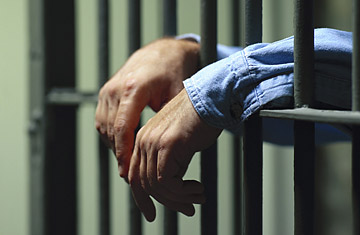
(2 of 2)
Some critics, however, felt the new act did not go far enough to reverse the damage they felt the original laws had done. Even Paterson, who had served as a State Senator representing Harlem during the height of the crack epidemic, says he felt the legislation "didn't make any kind of difference." He noted a serious racial disparity to the effect of the laws. "Ninety-two percent of the inmates in these facilities on drug crimes were black and Hispanic, while the [proportion of the overall] population was 32 percent." Read "Another By-Product of the Recession: Ex-Convicts"
Under his predecessor, Gov. Eliot Spitzer, Paterson and his colleagues began to work on new legislation that would replace punishment with treatment where needed, even in the case of some first offenders who pled guilty. The result was an agreement on March 25 between Paterson and state legislators on a bill that would give judges more discretion in sentencing by eliminating mandatory minimums for some higher-level drug offenders and making lower level offenders eligible for treatment.
The bill pleases activists like Gabriel Sayegh, project director at the Drug Policy Alliance, who has sought such changes for years. "Now they are going to bring equity to the system," he says. However, some prosecutors believe the 2004 reforms were enough and no further reforms are needed. "There is no question you'll get more second and third time offenders," says Michael C. Green, Monroe County District Attorney. "The option is being taken away to potentially jail an offender who has committed prior violent felonies." Green cited statistics that showed the state's drug incarceration rate dropping to about 11,000 last year as a result of the 2004 reforms and says it's even a misnomer to call the current statutes Rockefeller Laws at all. Paterson believes, however, the reforms are a way to reduce both incarceration and recidivism, and ultimately make the system work correctly — and more cheaply. "We will save, shortly, in the hundreds of millions of dollars over this shift," he notes. "Also we'll cure more people. And then you can't calculate how much money you save."
